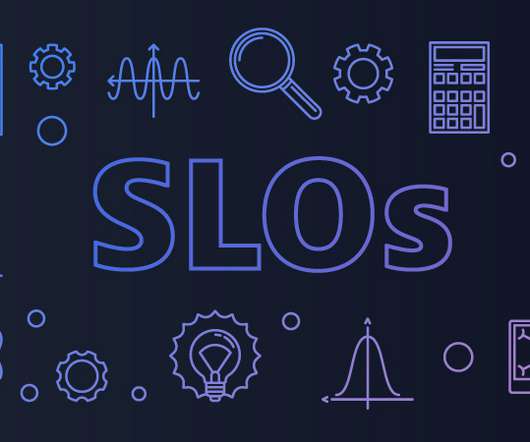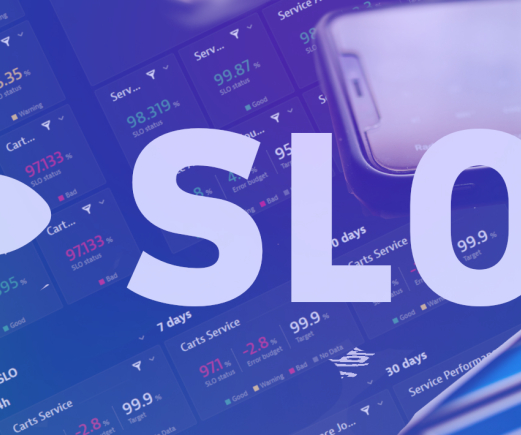Application observability meets developer observability: Unlock a 360º view of your environment
Dynatrace
NOVEMBER 6, 2023
In a recent webinar , Dynatrace DevOps activist Andi Grabner and senior software engineer Yarden Laifenfeld explored developer observability. When an incident occurs, developers need to know what data to look at, where the incident occurred, and other relevant metrics. KubeCon North America is this week.













Let's personalize your content